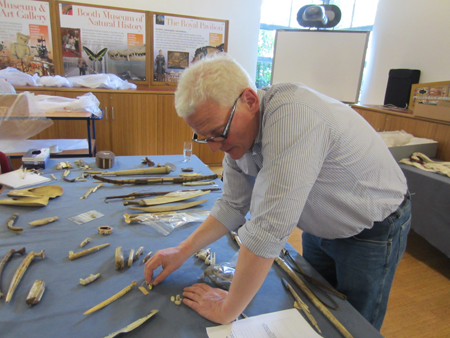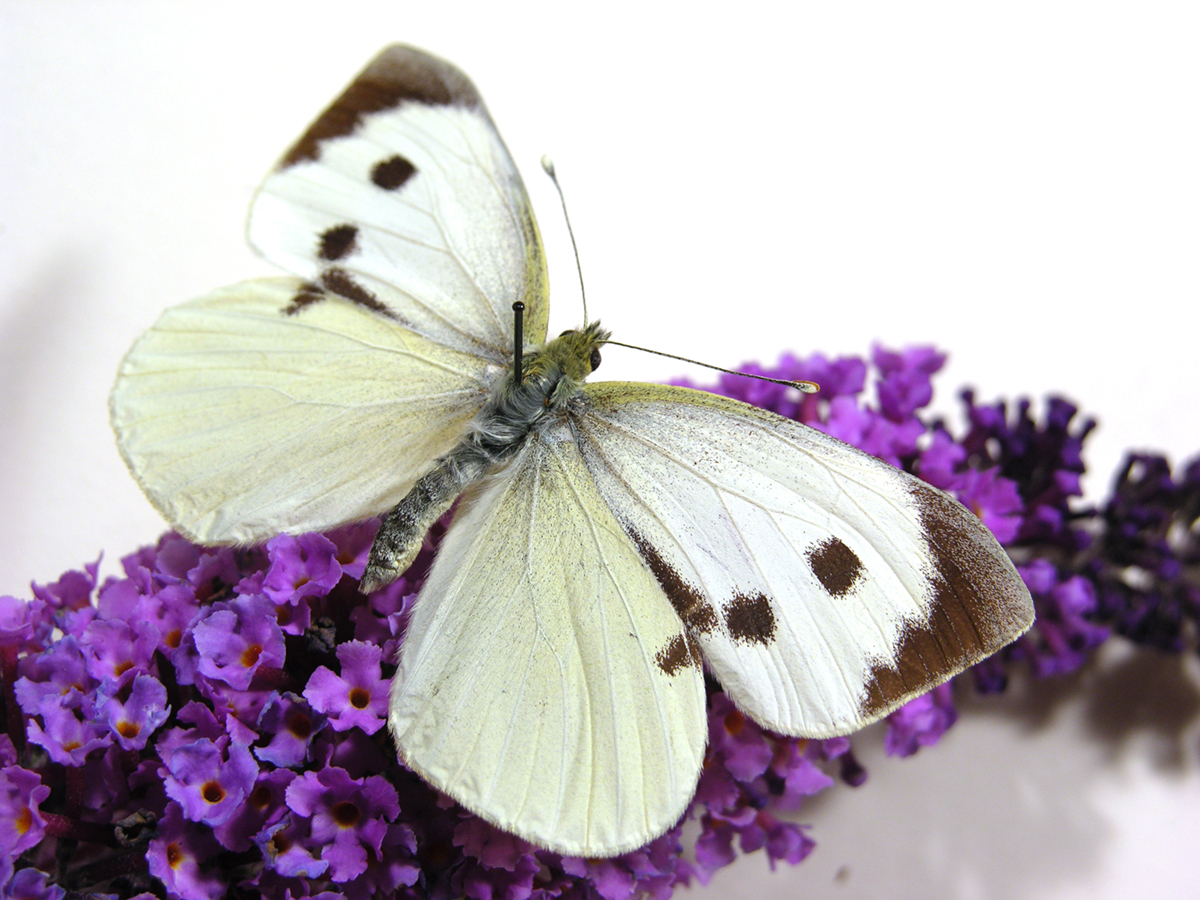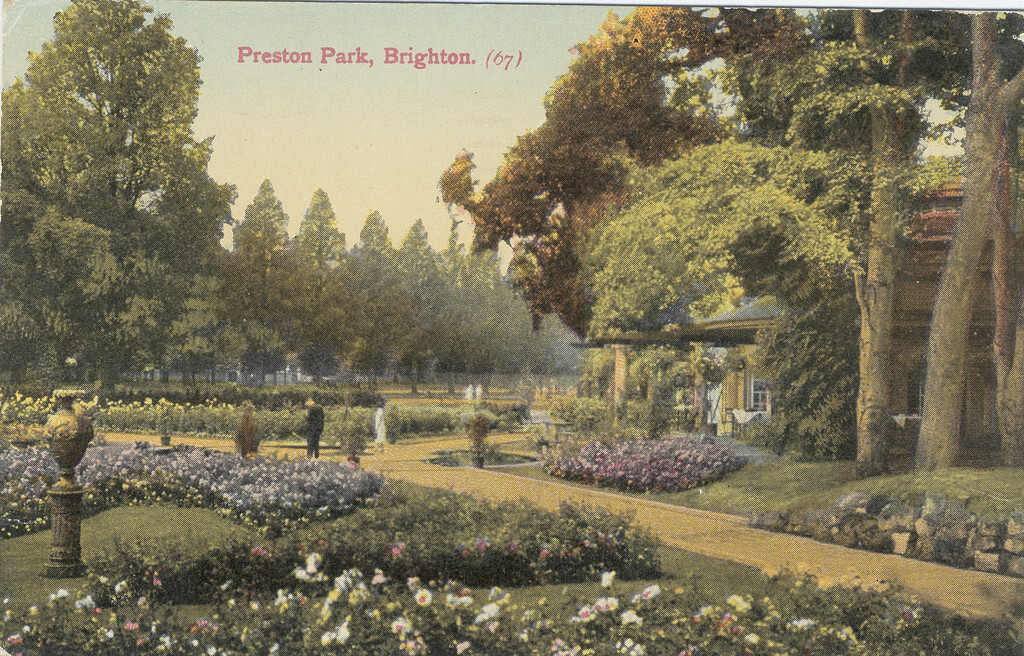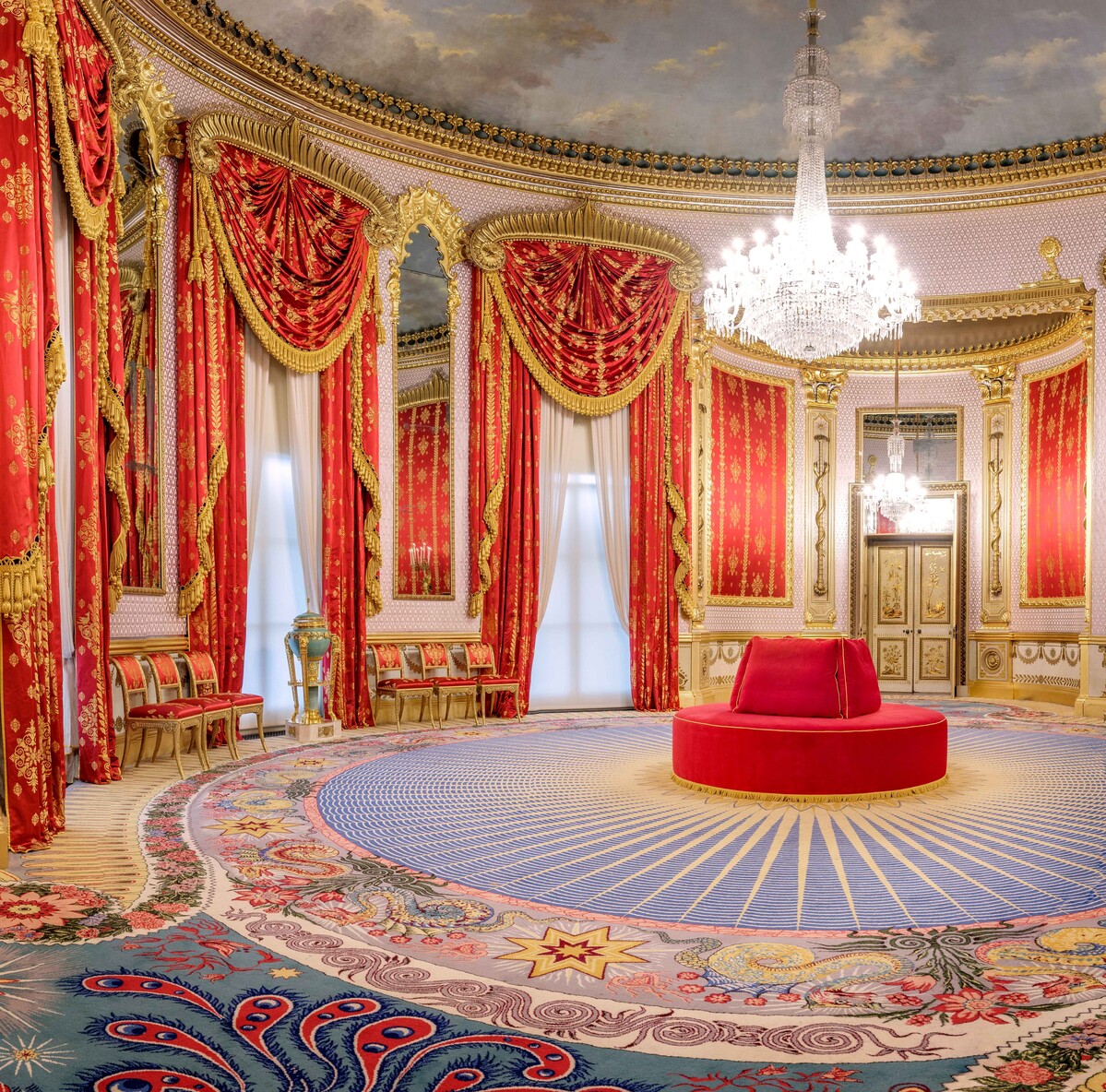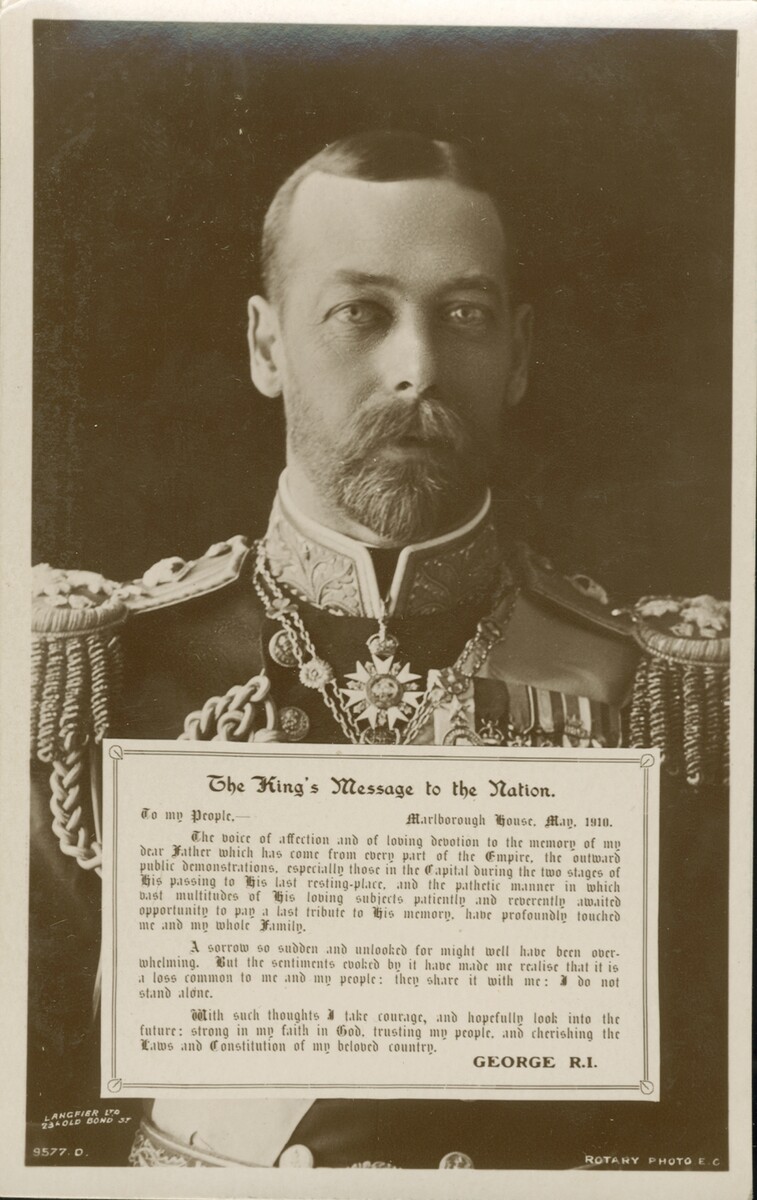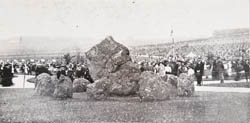This is a legacy story from an earlier version of our website. It may contain some formatting issues and broken links.

The William IV Gate
As St. Swithin’s day approaches on the 15th we finish our true tale of a weather disaster from February 1852. If you missed the first two parts you can recap on the events of Sunday night or Monday night .
Given the difficulty of closing The William IV Gate the night before Bill Snow decided against opening it on Tuesday and retired to his warm rooms.
The weather on Tuesday 10 February 1852 was very unsettled. Bill only opened the eastern gate and huddled in his Lodge against the squalls. Late in the afternoon the bad weather intensified, and the skies turned black. Hail, rain and sleet followed and passers by took shelter in the gateway, just as they do today.
The wind blew in gusts from all directions and as the crowd grew, there was laughter and embarrassment as the ladies skirts were blown. Just before four o’clock, the rain became horizontal while sunlight picked its way through the mist creating dancing rainbow effects. Then an almighty gust blew.
In his Lodge Bill heard a loud rumbling noise like thunder followed by a loud bang.
Outside, Mrs Langridge and her two daughters were enjoying the dramatic storm but as she too heard the noise, she called to her little girls, “run, run” as she saw the gate collapse inwards.
Amidst loud screams, she saw with horror that although her youngest had escaped, her 12 year old had been caught by the gate as it fell, knocking her unconscious, bleeding and left lying partially under the gate, injuring her feet. Most horribly, it was clear that other people had also fallen and lay crushed under the gate.
In silence, the men struggled to lift the gate and the injured were removed. The gate was let down again, injuring another in the process. One of the injured was a young woman and the other a gentleman, both severely wounded.
A doctor was called for and one of the men ran across the gate, but it being wet he slipped and fell heavily. Picking himself up he ran to get the well known and respected doctor ,Mr John Lawrence Senior, who lived nearby at Grand Parade, and was the late Surgeon to the Sussex County Hospital. He asked for his urgent assistance to a dreadful accident, and jumping into his carriage, Mr Lawrence was there in under half a minute, soon joined by his son John Lawrence junior, the then current House Surgeon at the Hospital.
Meanwhile Mrs Langridge, wife of the Sussex Clerk of the Peace was bemoaning the injuries to her 12 year old daughter. A man lay in great pain with badly damaged legs – he was Mr Sherriff, a gentleman who lived in Lewes Crescent. Not only were both bones of his right leg broken near the ankle, but also his chest had been badly bruised and his collarbone broken.
But most pitiful of all was a young woman of about 30, recognised by many as Martha Mitchelson, the only daughter of a gentleman who lived at 10 Grand Parade. Her father was called for. Mr Lawrence called for brandy and water and administered it to the young girl, who quickly revived. Then they gave the same to Miss Mitchelson who although conscious did not appear to revive, but said that she was dying.
Passing on to Mr Sherriff, the brandy was gratefully received but he urged both father and son to attend to the ladies and not mind him. He went back to the child and finding that she was much recovered, ordered her to be removed to her father’s house at 5 Marlborough Place where he briefly attended her, bathed her face and wrapped her in warm blankets.
He returned to the scene where his son was attending Miss Michelson. Seeing that she appeared to be incapable of moving neither legs nor arms, and complaining of severe back pain, they diagnosed a broken back and internal bleeding. Her father arrived in less than 10 minutes and rushed to his daughter’s side. “Father” she said, “I am dying”. He turned to Mr Lawrence and asked if this could be true. Sadly, both father and son agreed that she would be dead within 5 minutes. In fact, she lived less than that and was gone.
Both Mr Sherriff and young Miss Langridge survived their injuries. The inquest which followed on Wednesday evening and Thursday morning concluded that there was no undue negligence to be attached to any of the players in this sad affair and that the cause of this melancholy accident was a violent and sudden gust of wind acting on a damaged section of the gate.
They recommended that all the cast iron hinges be replaced by more suitable wrought iron to prevent a reoccurrence of this tragedy. Despite this adjudication, the Surveyor, Mr Stickney, was compelled to resign.
The account of this appalling incident was constructed from detailed accounts and evidence given to newspaper reporters and to the inquest which soon followed, all of which were printed in the pages of the Brighton Herald and the Brighton Guardian. Both of these publications can be found in Brighton History Centre.
John Cooper, Volunteer & Training Manager
